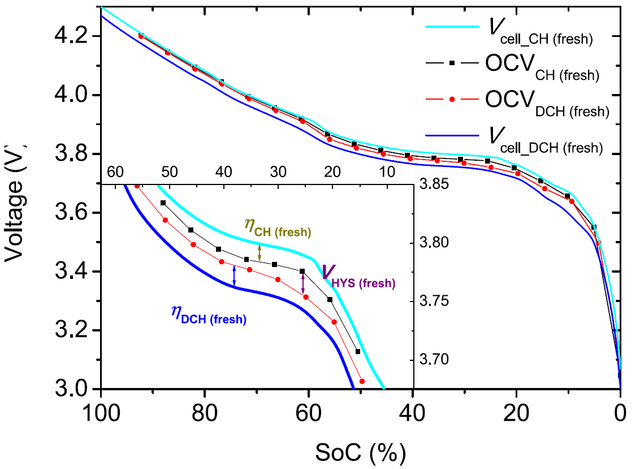The mode of use of NMC elements in solar systems and in transport differs significantly. In transport, the load current can suddenly change to limiting values and the voltage difference in individual elements can be significant and also accumulate over time. Therefore, in transport, balancing of elements is necessary.
You're right. Determining true SOC works better when using low cell voltage. I also wanted to use this option. However, I didn't know that the value of the minimum cell can be obtained directly, rather than sorting the results of reading an array of all cells. This is expensive in terms of CPU time.
Is it possible to obtain the internal resistance of the battery as well? I saw this value on the OBDZero screen. Is this a constant or does BMU actually calculate the internal resistance value using its algorithms?








































